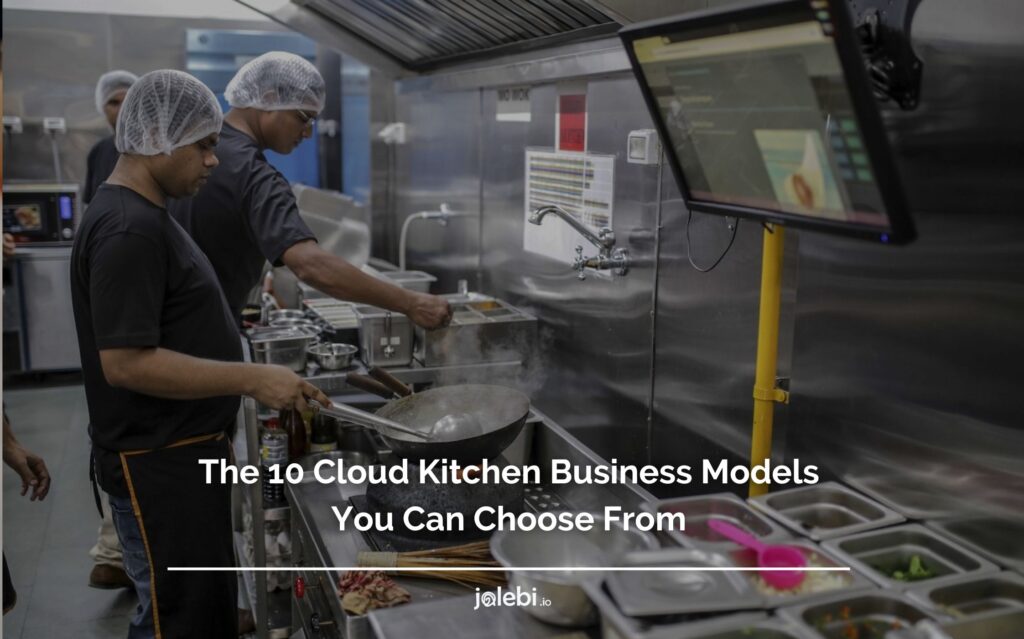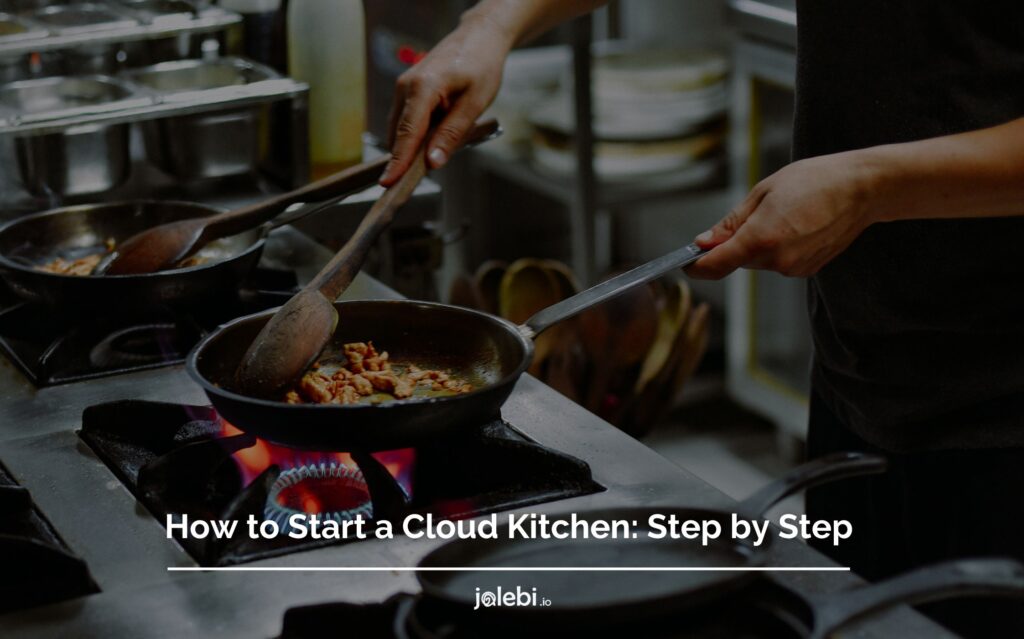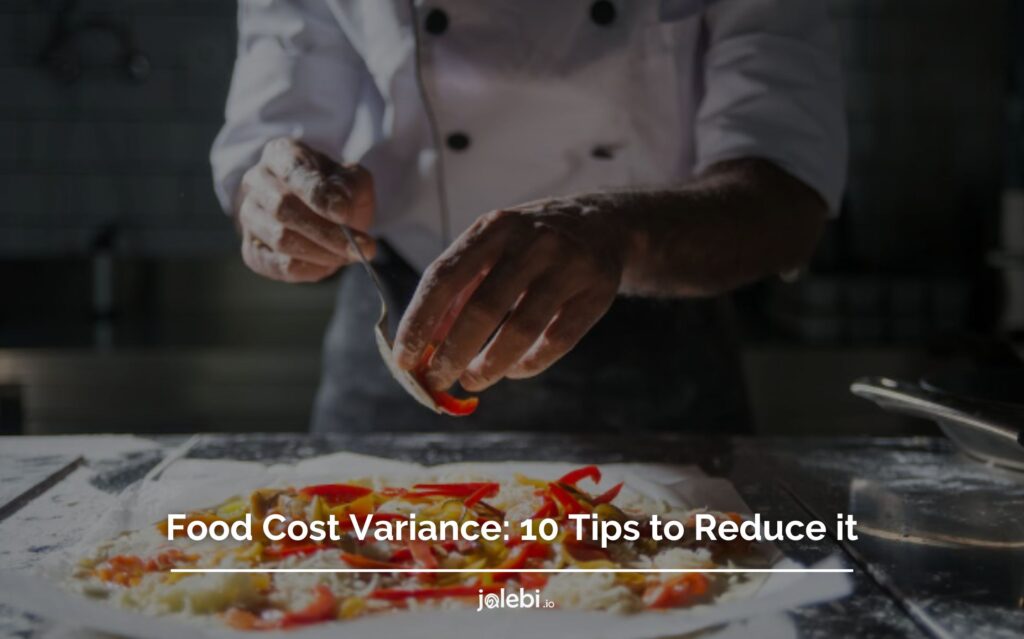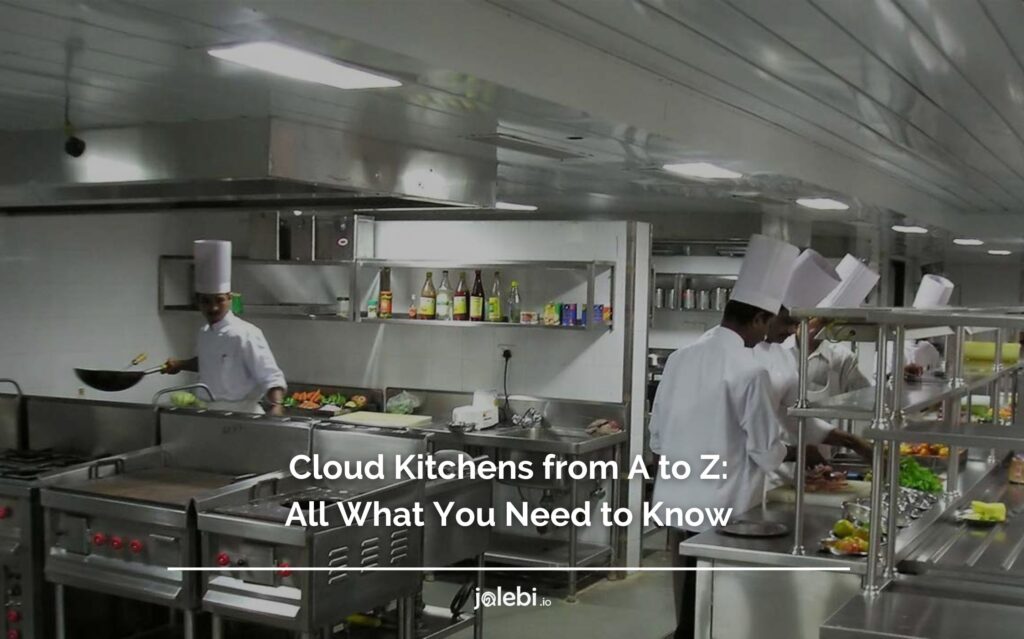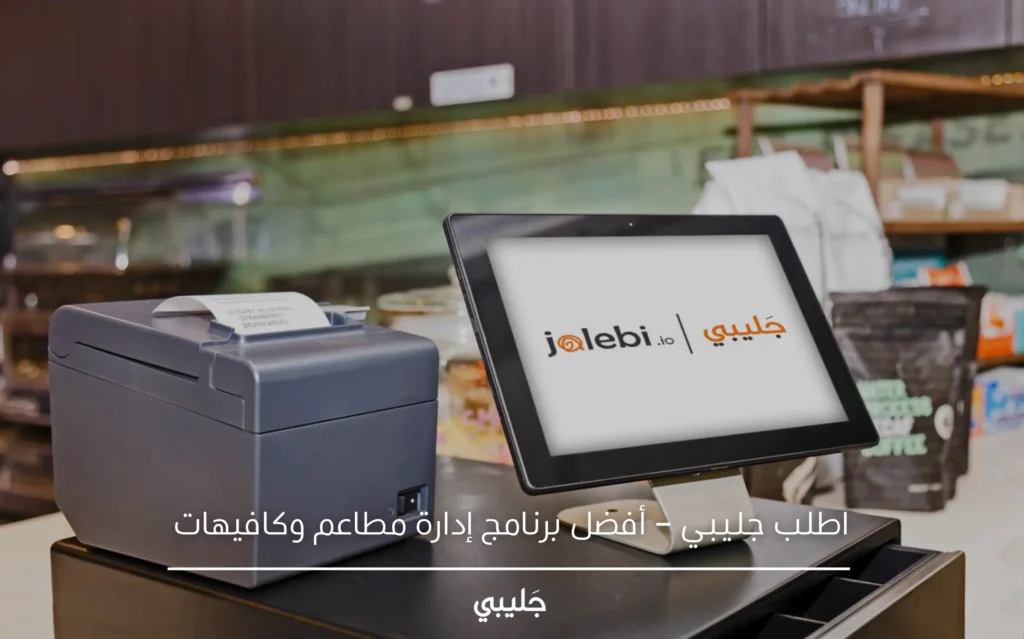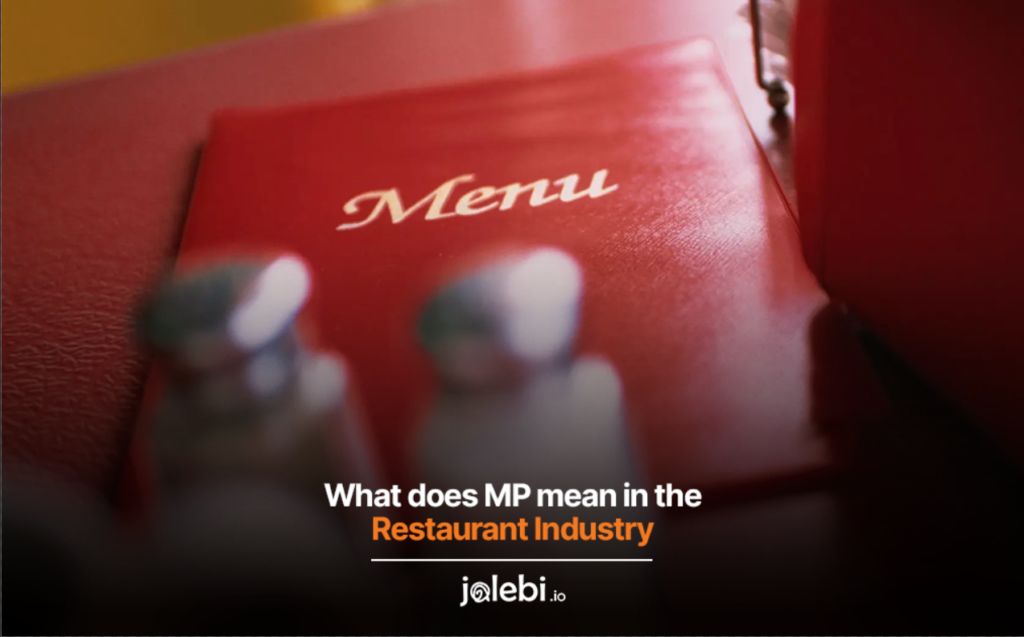Table of Contents
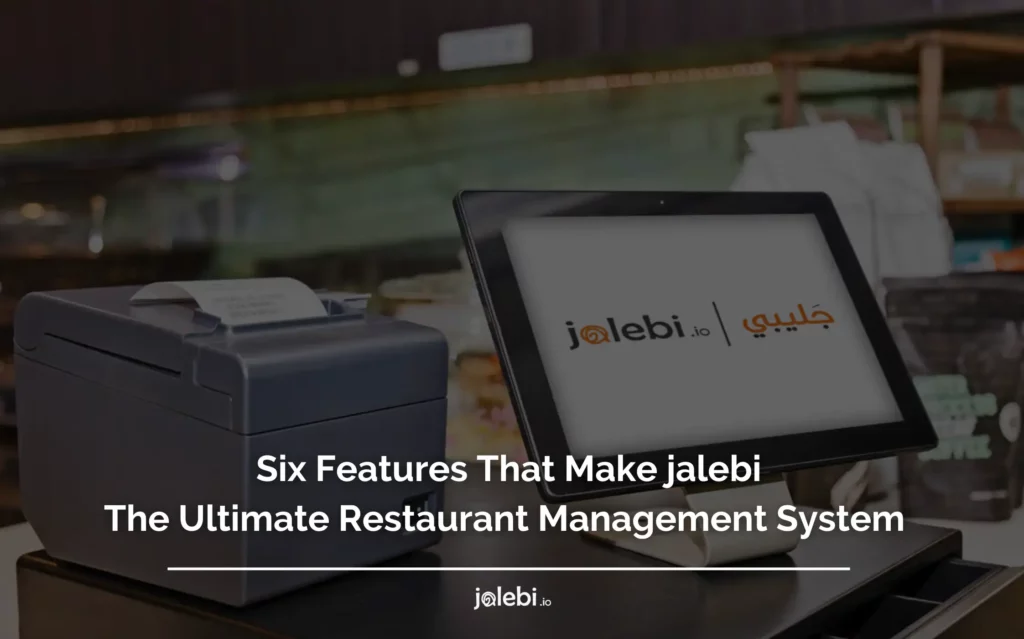
According to millennials, 78% of them would rather spend money on an experience than an item from a store which shows the rising popularity of restaurants.
Managing a restaurant menu can be a challenging task, especially in today’s highly competitive foodservice industry.
jalebi is a comprehensive menu management system that is designed to help restaurateurs streamline their menu operations and provide an exceptional customer experience.
With its advanced features and intuitive interface, jalebi is quickly becoming the preferred choice for restaurant owners and managers across the world.
In this article, we will explore six features that make jalebi the ultimate menu management system and explain how they can help your business achieve success in the highly competitive foodservice industry.
What Is A Menu Management System?
A menu management system is a software application designed to help restaurant owners and managers create, update, and manage their menu items.
The system typically includes a range of features that allow restaurants to customize their menus based on their cuisine, customer preferences, and pricing strategies.
A menu management system may include tools for organizing menu items into categories, adding descriptions and photos, and updating prices and ingredients.
Additionally, some menu management platforms may also include analytics and reporting tools that provide insights into which menu items are popular with customers, how much revenue they generate, and other key metrics.
By using a menu management platform, restaurant owners and managers can easily update their menus to reflect changes in ingredients, pricing, or promotions, which can help to improve customer satisfaction and increase revenue.
Why Do Restaurants Require Menu Management Software?
In today’s digital age, many restaurants have realized the importance of using technology to streamline their operations and enhance the overall customer experience.
One essential tool that restaurants can use to achieve these goals is menu management software.
Here we will explore in more detail why restaurants require menu management solutions and the benefits they can provide.
1- Streamlining menu updates
With a menu management solution, restaurant owners and managers can easily update their menus to reflect changes in ingredients, pricing, or promotions, and instantly communicate these changes to their staff and customers.
2- Organizing Menus
Menu management platform allows restaurants to organize their menus into categories and subcategories, making it easier for customers to navigate through the menu and find what they are looking for.
3- Customizing Menus
Menu management solutions allow restaurants to customize their menus based on customer preferences, dietary restrictions, and pricing strategies. This can help to improve customer satisfaction and boost profit.
4- Improving Efficiency
Menu management platforms can help to automate the ordering process, reducing the time and effort required to take and process orders, thereby improving efficiency and reducing errors.
Why Is jalebi The Best Menu Management System For Your Restaurant?
Running a restaurant requires managing multiple tasks simultaneously, from creating and updating menus to monitoring inventory levels and analyzing sales data.
To streamline these tasks and improve the overall efficiency of your restaurant, you need a reliable menu management platform.
Here are six features that make jalebi the best platform for managing your restaurant’s menu and boosting customer satisfaction.
1- Sales Data Visualization
jalebi is a restaurant operating system that provides restaurants with sales data visualization features.
Sales data visualization provides restaurants with an overview of their sales, which helps them to identify which dishes are selling well and which ones need to be modified or removed from the menu.
In addition, customized reports regarding sales data visualization can also help restaurants to track their inventory and determine when they need to order more supplies.
As a result, they can make better decisions about managing their restaurant menu according to customers’ preferences. It can help increase profits and improve customer satisfaction.
2- Food Cost Reporting
As theoretical cost can often exceed the actual cost, jalebi’s restaurant management system provides restaurants with insightful reports about food costs to help analyze the real costs.
These reports are essential for controlling food service costs and ensuring that restaurants are operating efficiently and profitably.
jalebi’s system makes it easy for restaurants to track their food cost data and generate detailed reports that can help them identify areas where they can save money by comparing the theoretical cost with actual cost.
With our customized reports, restaurants can make informed decisions about menu pricing, portion sizes, and other factors that impact their bottom line.
By using jalebi’s system, controlling food service costs and improving overall profitability becomes a smooth process for restaurants.
3- Inventory Management
Physical stock count of inventory often results in errors that can have a huge impact on a restaurant’s profitability and reputation.
86% of Millennials will try a new restaurant if they see restaurant content online, according to Facebook’s Restaurant Trends and Insights Report. Therefore, one should try to avoid negative reviews as much as possible.
jalebi offers an inventory management system that allows restaurants to integrate their menu with inventory to keep track of inventory in real-time without having to indulge in the physical stock count which helps in enhancing customer satisfaction.
With jalebi’s inventory management system, restaurants can enable shelf life tracking of food items and ingredients, so they can make sure that nothing goes to waste.
We also allow restaurants to manage orders and customers, so they can provide the best possible experience to their guests.
4- Universal Menu
At jalebi’s platform, we enable restaurants to create a universal menu so that they have a single source of truth across all their branches.
When it comes to managing menus, having a universal menu can help tremendously.
- For starters, it allows restaurants to keep track of inventory and ensure that they always have what they need on hand.
- Additionally, it helps with food cost analysis and portion control.
- Perhaps most importantly, a universal menu ensures that all dishes are consistent with one another in terms of quality and flavor. This is because each dish is made using the same ingredients and following the same procedures.
As a result, guests can expect the same delicious experience every time they visit the restaurant.
5- Synchronized Recipes
jalebi’s restaurant operating system is a powerful tool that helps restaurants keep their recipes and menus synchronized in real-time.
With jalebi, restaurants can keep track of what ingredients they have on hand and what dishes are popular with customers by the recipe and menu synchronization feature.
This allows them to make informed decisions about what to serve their customers and how to optimize their operations.
6- Supplier Management
As restaurants can integrate their suppliers with jalebi’s CRM, restocking is simplified.
By leveraging jalebi’s supply chain management feature restaurants can ensure every item on their menu is available at all times.
The CRM and menu integration not only streamlines the process of keeping track of inventory levels but also simplifies ordering and restocking of ingredients.
This allows restaurant staff to focus on other aspects of running their business, safe in the knowledge that their supplies are always well-stocked.
Final Thoughts
jalebi is a comprehensive menu management system that can help restaurant owners manage their menus and streamline their operations.
Its six key features make it the ultimate tool for managing a restaurant’s menu efficiently and effectively.
By using jalebi, you can save time and increase profitability by optimizing your menu offerings, reducing waste, and improving the overall customer experience.
Overall, it is an excellent investment for restaurant owners looking to improve their menu management and streamline their operations.
Contact us today to learn more about our menu management features and how they can take your restaurant to the next level!
Frequently Asked Questions
- What are the 3 types of a menu?
There are three types of menus: the a la carte menu, the prix fixe menu, and the tasting menu.
The a la carte menu is the most common type of menu, and it offers guests a choice of individual dishes from a set selection.
The prix fixe menu is a set menu with a fixed price for a certain number of courses, while the tasting menu is a set menu with smaller portions that allow guests to try a variety of dishes.
- What are the 5 principles of a menu?
A menu is a list of items that are available for purchase at a restaurant, cafe, or bar. There are five principles that should be followed when creating a menu: variety, balance, contrast, unity, and simplicity.
Variety is important because it gives customers options to choose from and helps to keep them interested. Balance is necessary in order to ensure that the menu is not too heavy on one type of food or flavor.
Contrast creates interest and excitement by featuring items that are different from one another in terms of texture, flavor, and color. Unity ensures that the menu flows smoothly and logically from one dish to the next.
Lastly, simplicity should be kept in mind so that the customer can easily understand what is being offered.
By following these principles, you can create a delicious and appealing menu that will keep your customers coming back for more.
- What is the objective of a menu?
The objective of a menu is to provide diners with enough information to make an informed choice about what they would like to eat or drink.
It should also be easy to read and understand so that customers can quickly find the dishes they are interested in.
In addition, a well-designed menu can also help to promote certain dishes, encouraging customers to try something new.


